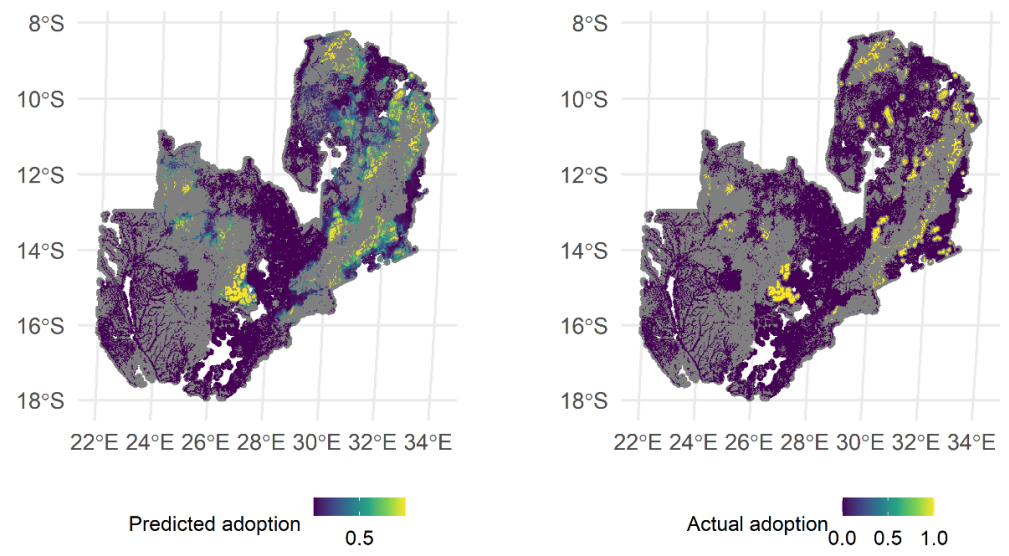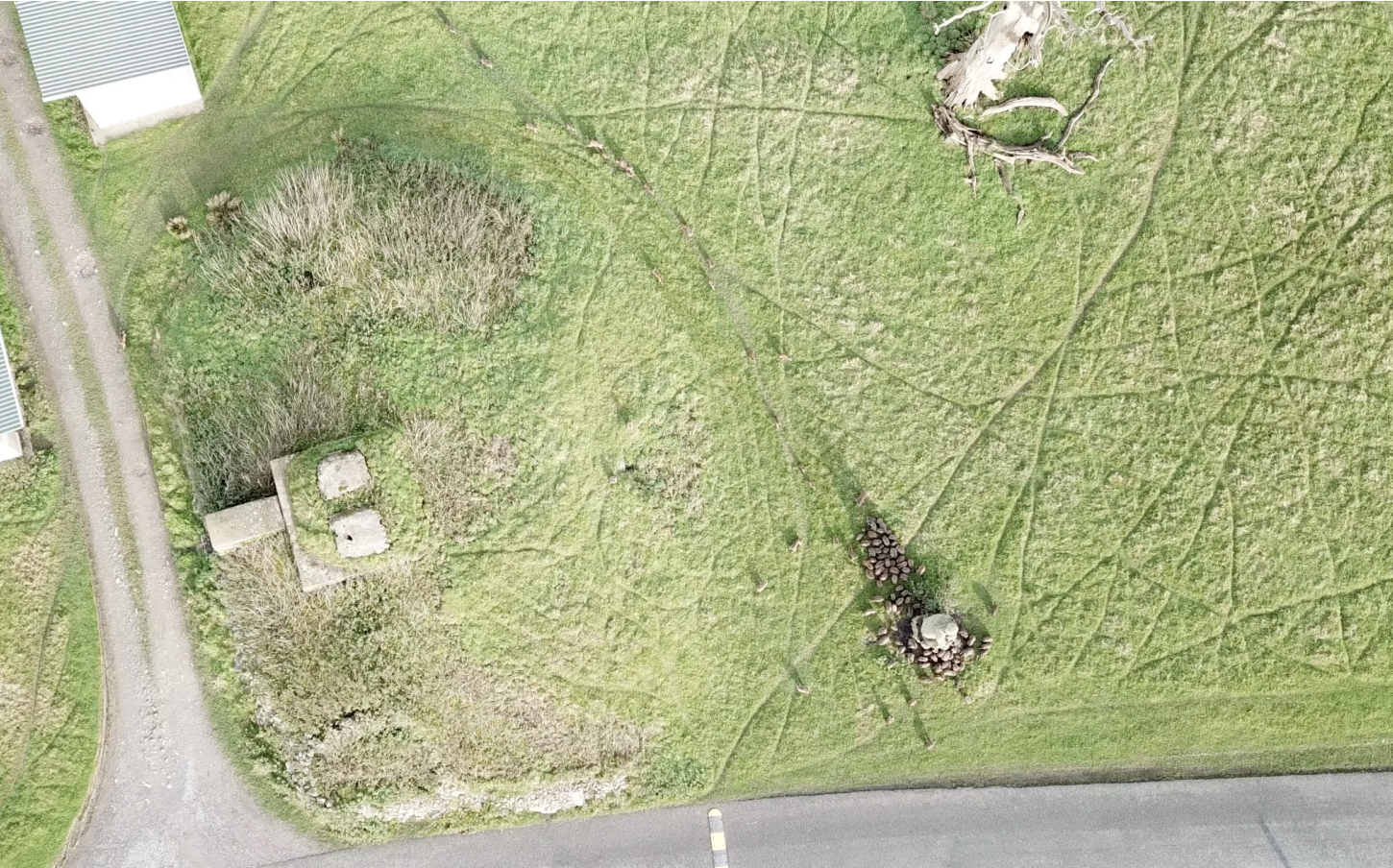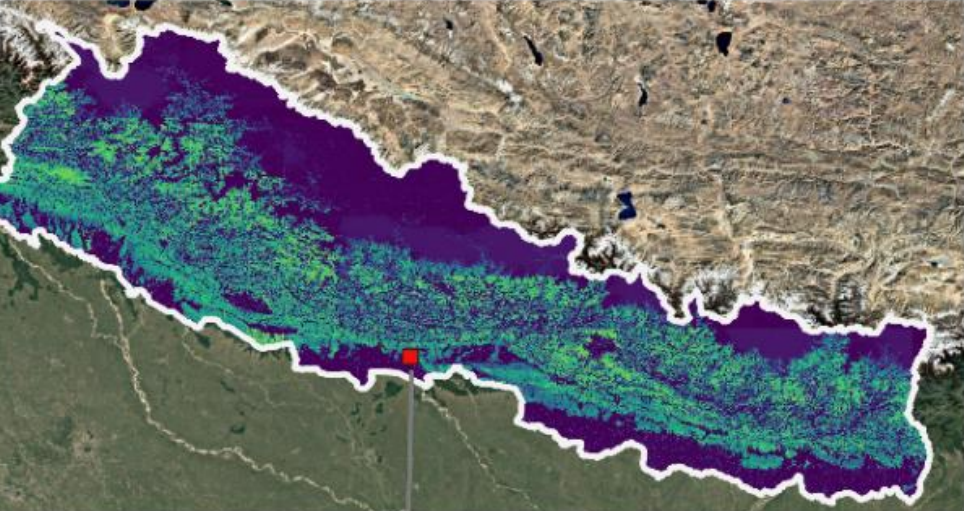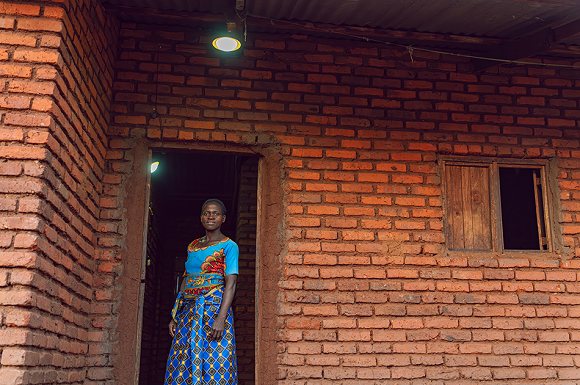08/04/2025
The Sprint Challenge update: second round results are in

The Turner Kirk Trust Sprint Challenge was launched in 2023 in partnership with Imperial College London. It aims to address unsolved global conservation challenges by funding experimental, multidisciplinary research projects that may struggle to attract conventional funding.
Following the success of the first round of the Sprint Challenge, which provided a total of £50,000 in funding to three pioneering teams, the second round launched in 2024. This round is now complete, with three new projects tackling critical conservation problems through novel mathematical approaches.
Protecting the planet’s biodiversity is a complex mission. Despite progress in science, technology, and policy, we still face big gaps in knowledge. What’s more, conservation research projects that are deemed risky are typically underfunded. Many funders stick to safer bets. Yet it’s these experimental projects that could lead to real innovation and transformative impact.
That’s where the Turner Kirk Trust Sprint Challenge comes in. The initiative connects conservation scientists with mathematicians from Imperial’s Centre for Environmental Policy, Department of Life Sciences, and Department of Mathematics. The Challenge funds short, high-impact research ‘sprints’ – giving teams the freedom to test new ideas without fear of failure.
Team: Andreas Joergensen (Mathematics), Thomas Pienkowski (Environmental Policy)
 Map of the predicted (a) and true (b) spatial engagement patterns
Map of the predicted (a) and true (b) spatial engagement patterns
Problem: Conservation science often looks backward to understand what worked in the past, but this reactive approach limits progress. To address today’s urgent challenges, conservation needs more forward-looking, proactive strategies.
Project: The project explored whether AI could reveal patterns around why some communities engage in conservation actions and others don’t. The team used machine learning to predict community engagement in Zambia’s Community Forestry model. They analysed data from 539,000 rural settlements, covering factors including forest cover, food insecurity, road access, and literacy.
Impact: The model showed that AI can offer robust predictions about community participation, enabling tailored conservation investment and support to communities most likely to engage. This will allow governments and NGOs to prioritise areas with high engagement potential and avoid wasting effort where engagement is unlikely.
Team: Dante Kalise (Co-PI, Mathematics), Vincent Savolainen (Co-PI, Life Sciences), and Sara Bicego (RA, Mathematics)  Drone footage from Longleat Safari Park
Drone footage from Longleat Safari Park
Problem: Extreme weather events like hurricanes and wildfires can devastate animal populations. This poses a significant threat to biodiversity which has worsened with climate change. Yet, in some cases, animals survive by moving and acting together.
Project: The project studied collective animal behaviours that allow survival during climatic events. The team focused on the survival of macaques during Hurricane Maria in 2017 – where 98% survived. They built a mathematical model that simulates how macaques move together, showing how leaders influence group decisions and how the animals respond to danger.
Impact: The results showed that leadership and anticipation are critical to animal survival. The team built a MATLAB simulator, captured key drone data, and ran a workshop bringing together experts in maths, AI, and conservation. Their findings offer a new way to predict animal behaviour in crises – vital as climate threats grow.
Team: Dr Matt Clark (Environmental Policy) & Dr Adam Sykulski (Mathematics)
 Composite tree cover confidence map in Nepal derived at the 70th percentile from 2018 to 2023
Composite tree cover confidence map in Nepal derived at the 70th percentile from 2018 to 2023
Problem: Climate shocks like droughts hit rural areas hard, pushing people to overuse natural resources like forests. Community-based conservation arrangements can give local people control and rights while limiting overuse. But whether these arrangements work in practice and increase climate stress resilience is unknown.
Project: Nepal’s forest programme is a great example of successful community-based conservation. The research team collected data to fully understand what drives its success. They produced high-resolution forest change maps and a novel climate shock measure based on rainfall pattern deviations. They matched forest data with community forest registrations to test how climate shocks impact tree cover – with and without community forest programs.
Impact: Forests without community programs saw up to 4x more tree loss when there was a climate shock. This suggests that community forests actively buffer against climate shocks, demonstrating that devolving management to communities can build environmental resilience.

